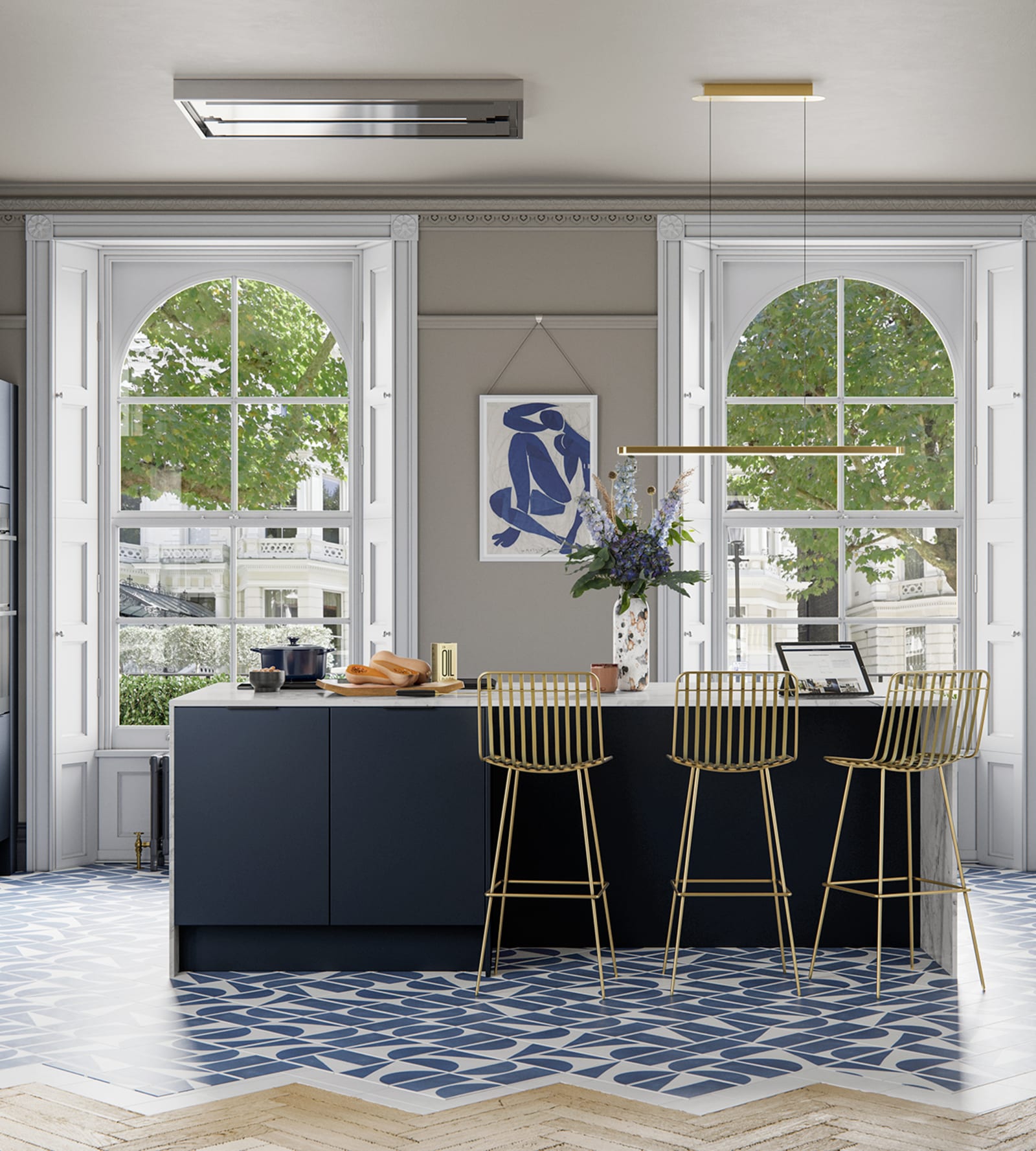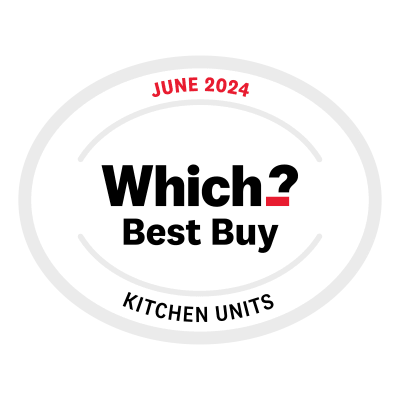How to create a kitchen mood board
Visualise and refine your kitchen design ideas by crafting a mood board to achieve the look and feel that works for you.

When it comes to planning your kitchen, whether you’re adapting an existing space or starting from scratch, it can appear to be a daunting task.
There’s a lot to consider, from colours to layout, style, kitchen tools, accessories, lighting and textures. It’s vital to plan everything thoroughly to ensure that each element is carefully considered and works together in harmony.
But this should be an exciting, creative stage of the design process – that’s why our design experts have collated this useful guide detailing how to create a kitchen mood board to inspire and visualise your dream kitchen.


What is a kitchen mood board?
Let’s start with the basics.
A mood board is a visual set that collates inspiration and ideas for your design in one place.
It can be a physical or digital reference point and is generally composed using props and kitchen samples of every aspect, including cabinet samples, colour palettes, design accessories, flooring, textures, fabric swatches, patterns and more.
Mood boards can help a design concept take shape and allow you to clearly see how your kitchen aesthetic will come together in reality.
They can also help you see whether the design elements you want will achieve the look or style you desire. In short, they’re an intrinsic element of the kitchen design process.
1. Be inspired
The first thing to do when creating a kitchen mood board is to collect inspiration and ideas.
We suggest searching through interior design magazines and online blogs, like our Kitchen Inspiration or our customer’s kitchens, to learn which styles you like and which elements catch your eye.
Sometimes, understanding what you don’t like is just as helpful as establishing what you do like when shaping your concept, so don’t be afraid to jot down things you’d like to avoid in your design, too.
Ultimately, it has to be a space that brings you joy, so remember to let your personality shine through. Everything you gather at this stage will set the tone for your overall design.


2. Choose a central element and work outwards
When creating kitchen mood boards with clients, we suggest that they start with something that’s most important to them.
This can be anything from cabinet sample to a striking worktop. Whatever it is, place it (or a reference of it) in the middle of your board and work outwards.
While it’s great to think carefully about individual aspects of your kitchen design, you must also consider the design as a whole to ensure that everything comes together in synergy; otherwise, your final design may appear chaotic or disjointed.
3. Think about colour palettes and textures
Whether you’d like the finished look to be dark and moody or light and playful like a pastel-coloured kitchen, your use of colour can evoke different emotions and ultimately has the power to create your desired atmosphere.
For a classic neutral look, you may want to choose our Winchester kitchen in Sage, Ludlow in Pebble, or browse our full range of kitchen colours for more soothing hues.
We suggest choosing a couple of complementary base colours and adding layers of colour on top to give your design depth. Don’t forget that another way to do this is through texture, such as having a woven rug or a striking wooden backboard.
You’ll appreciate these tactile details every time you touch your worktop or a door handle.
If you’re adapting an existing space, it’s helpful to include colours that you have already in your interiors to create a design that seamlessly flows together with the rest of the space.


4. Include decorative objects and accessories
Far from being an afterthought, decorative objects and accessories should be a considered part of your kitchen interiors and can help you achieve a specific look.
We recommend including finishing touches like kitchen cabinet handles and even lighting at this stage, plus soft furnishings such as cushions, artwork and vases, as all of these items will contribute to the aesthetic you create.
5. Source images and samples
Now, you can start to bring everything to life with images, paint swatches and fabric samples of each element.
We offer product samples for cabinets, worktops and handles delivered to you, so you can get a closer look and feel of each component and compare against your mood board.
Then, you can start to understand the connection between different aspects of your design and play around with the overall look.
We recommend keeping the composition of your mood board flexible as you can play around with different elements to see what works best.
This is easy with both digital and physical mood boards, as you can simply edit images and move your samples and props around to suit each style tweak or adjustment.


Talk to a specialist
Finally, we’d suggest discussing your style ideas and needs with one of our friendly kitchen experts, at a free, no-obligation design consultation.
We’ll walk you through the whole process, putting beautiful design and tailored purpose at the core. The result? Your perfect kitchen.
We hope you enjoyed our guide on how to create a kitchen mood board and feel inspired to start making your dream kitchen a reality. For more ideas and advice visit our blog.



























